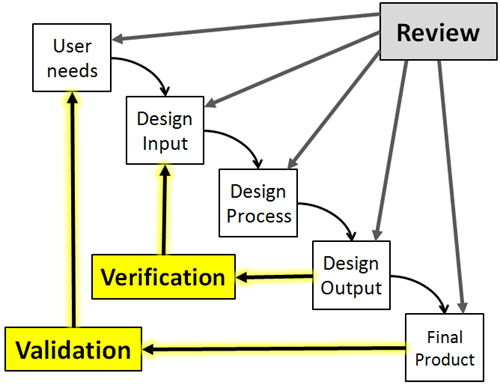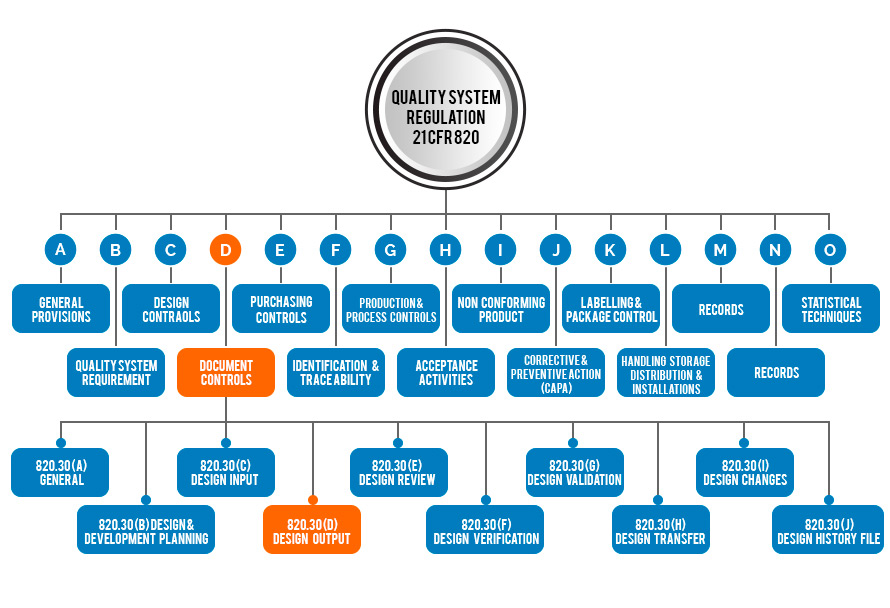Design V&V
There is a significant difference between Verification & Validation. This distinction is important because these activities are meant to accomplish different goals, however they are often mingled together and confused.
Design Validation means confirmation by examination & evaluation of objective evidence to confirm that your final product meets the customer’s needs & intended use.
Design Verification means confirmation by examination and evaluation of objective evidence that your Design Output (Product Specification & Requirements) meets all your Design Inputs (Technical Reflection of Customer Needs).
Design Validation can be expressed by the question “Are You Building the Right Thing” and Design Verification is expressed by the question “Are you building it right?”

REVEREIT CAN HELP YOUR COMPANY BY:
- Developing verification and validation(V&V) processes for your Quality System
- Developing project verification and validation plans that define activities throughout the product life-cycle
- Developing and/or reviewing verification and validation inputs for completeness, accuracy, consistency, lack of ambiguity, and testability
- Integrating standard compliance into the product and process through a defined plan
- Designing and Developing V&V test designs and procedures that build confidence in the software and the device
- Coordinating and executing the V&V testing process using productivity tools for configuration management and issue tracking;
Our independent medical device verification and validation services provide an independent review of your device to support your FDA/CE Mark submission.
